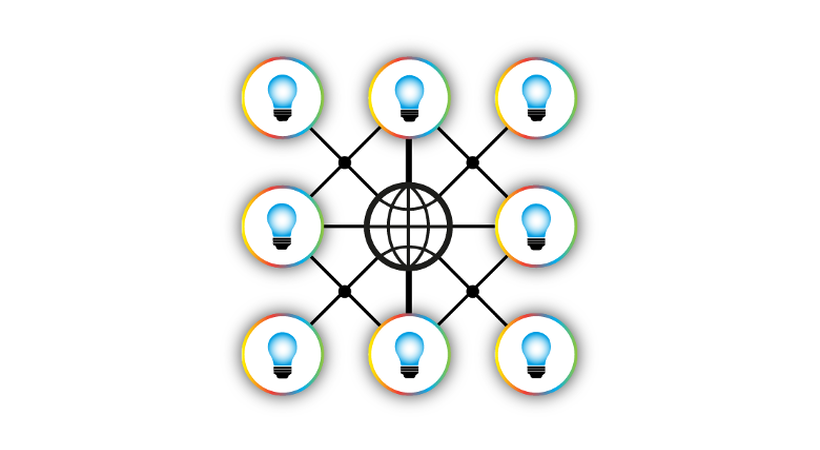Europe's first true Power over Ethernet (PoE) lighting installation will be unveiled early next month with a public demonstration of how smart connected lighting can deliver massive operational and installation cost savings, up to 75% energy savings in commercial and public installations switching to LED and how lighting in offices and public buildings can be improved for better human wellbeing and performance under artificial light.
amBX, which has developed software that delivers high performance lighting control without the need for costly programming and complex technical interfaces, has been working on the project at the University of Strathclyde's Technical Innovation Centre for three years alongside Cisco. An area in the centre has been given over to this new generation of lighting technology. Smart connected lighting control will mean that lighting systems will become much quicker and easier to install and faster and richer in configuration.
amBX technology works by controlling the lighting in a single space or multiple spaces based around end-user needs: environmental factors such as levels of daylight, time of day, temperature, whether the space is in use or not and any other measureable parameter. The system software is then able to take account of all these factors and produce, in real time, the best implementation possible of the desired outcome using the light fittings that are available. In effect the software produces the perfect virtual implementation of the desired outcome and then projects the best representation possible of that in the real world using the lighting available.
"Complex programming has long been the Achilles heel of lighting control. The amBX system supports an extremely wide range of ways to interact with lighting making it easy to manage both simple and sophisticated lighting experiences. Controlling lighting using Power over Ethernet lights in this way will enable building owners and users to use richer, bio-adaptive lighting in new ways to create healthier, more productive workspaces and environments," explains Neil Macdonald, COO, amBX.
"This will lead to better human-centric lighting at desks, in meeting rooms and public spaces, in terms of intensity and colour changes."
Although transferable to other sectors and services, development of the amBX technology has been primarily concentrated on the commercial lighting market. It has been developed into control systems that address three key sectors of the global lighting market: Connected Lighting (lighting connected on Ethernet based networks), Commercial lighting (lighting projects, installations and systems), and Bio-adaptive Lighting (human-centric lighting experience)








